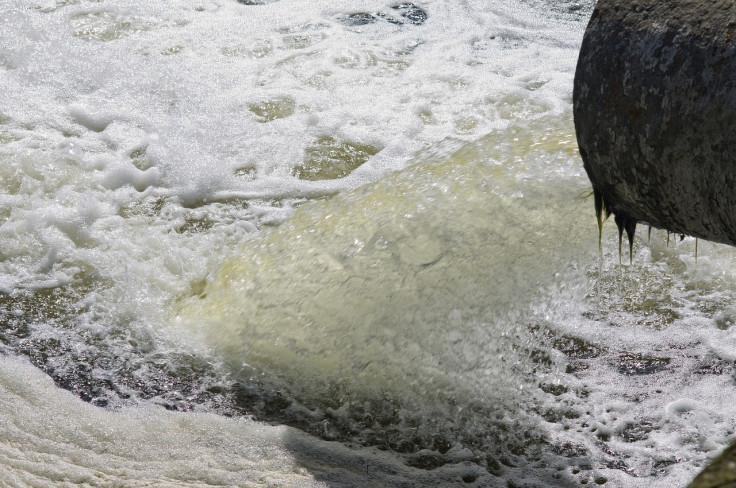
San Diego county authorities extended the closure of several beaches as sewage flowing from the Mexican city of Tijuana continues to make waters unsafe for people.
The order was issued on Wednesday for Tijuana Slough, Imperial Beach Shoreline and Silver Strand Shoreline. It had been extended on Tuesday to include the Coronado Shoreline as well. This last beach had already been closed earlier this month as a result of the same issue.
Authorities warned beachgoers that the water contains sewage and may cause illness. The waters will remain closed until sampling and field observations conclude that they are safe again.
The issue has extended for weeks and there are no signs it will ease in the near future. Just in June, more than 14.5 billion gallons of untreated raw sewage seeped into the shores from Mexico, according to the International Boundary and Water Commission.
Now, a new spot called "Goat Canyon" is responsible for at least one million gallons more every day, according to Border Report.
According to Imperial Beach Mayor Paloma Aguirre, the flow is a result of a $33.3 million treatment plant that is being built in Tijuana, one of several projects underway south of the border to mitigate sewage flows. According to Reuters, the plant is scheduled to come online by September 30.
Aguirre has described the situation as "the biggest environmental and public health disaster in the nation that nobody knows of," according to a Reuters report. Imperial Beach was recently deemed the most polluted in the country by the Surfrider Foundation.
The IBWC says it is "pushing Mexico to complete these projects as quickly as possible and eliminate or minimize diversions of flow to the Tijuana River."
Goat Canyon is about half a mile from the ocean. Consequently, a lot of the sewage-tainted water coming into the U.S. through this area will get to the Pacific Ocean forcing the closure of beaches in Imperial Beach, California, and others north of the border. The Tijuana Slough Shoreline, which extends north from the U.S.-Mexico border, has been closed since late 2021 due to high bacteria levels.
The crisis, rooted in decades of infrastructure neglect, has not prompted an emergency declaration that would unlock recovery funds for environmental damage, public health threats, and tourism losses. Instead, local leaders and politicians are grappling with prolonged efforts to upgrade sewage treatment facilities on both sides of the border.
Baja California officials have announced that crucial repairs to Tijuana's sewage infrastructure will be completed soon, with plans to invest $530 million in sewage improvements between 2023 and 2027. But, as NGO San Diego Coastkeeper explains, public pledges to fix the issue have failed time and time again:
The crisis has only gotten worse as Tijuana's population has grown rapidly, immigration pressures at the border persist, and the U.S. agency responsible for treating much of the sewage has let its treatment plant fall into almost complete disrepair.
At the state level, a recent Senate Joint Resolution was passed on the issue. Authored by Senator Steve Padilla (D-District 18), it also urges the CDC to investigate this sewage crisis. "The pollution threatens the very water that we drink and the air that we breathe," said Padilla. "This is not just an environmental disaster: it is a public health crisis."
© 2025 Latin Times. All rights reserved. Do not reproduce without permission.




